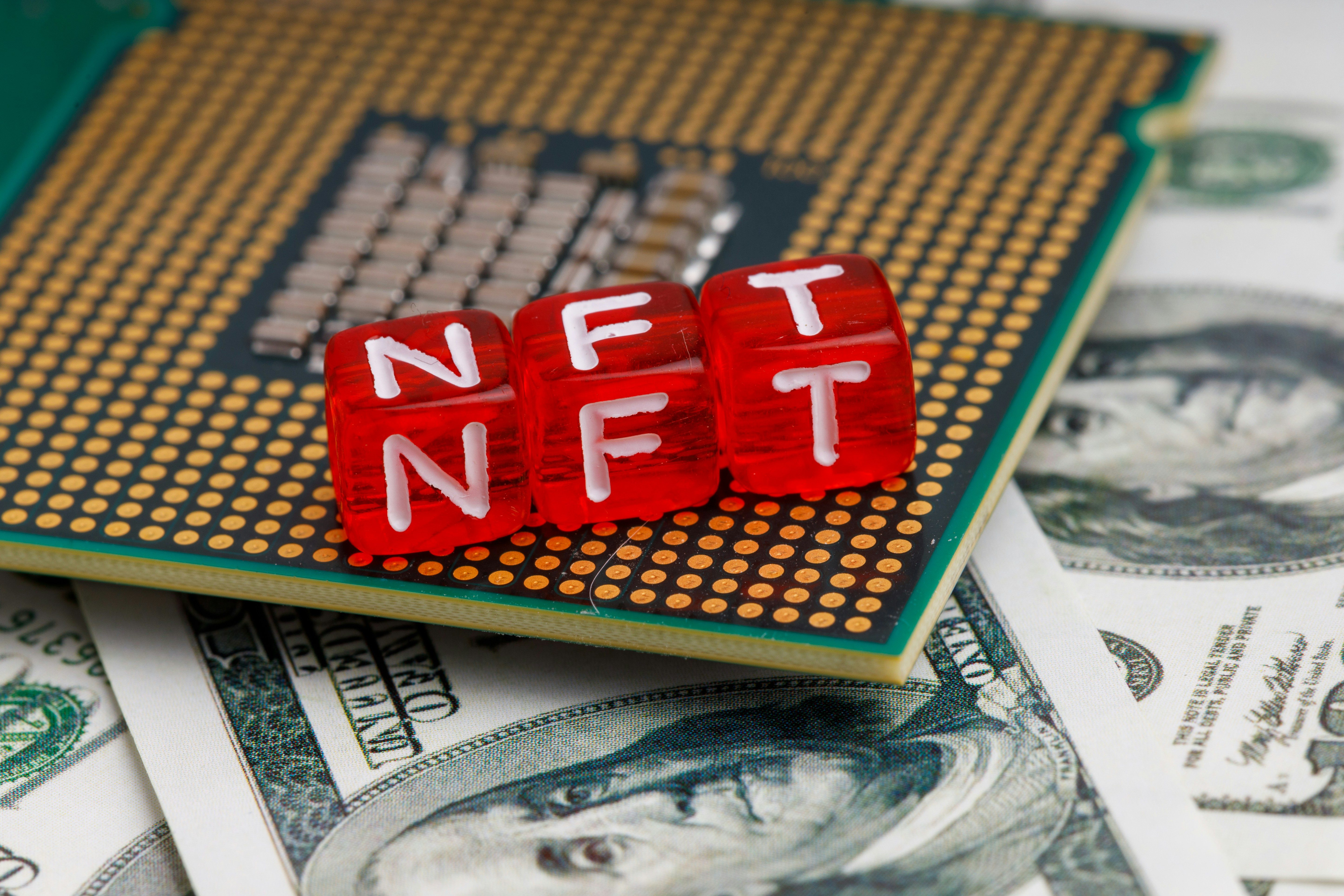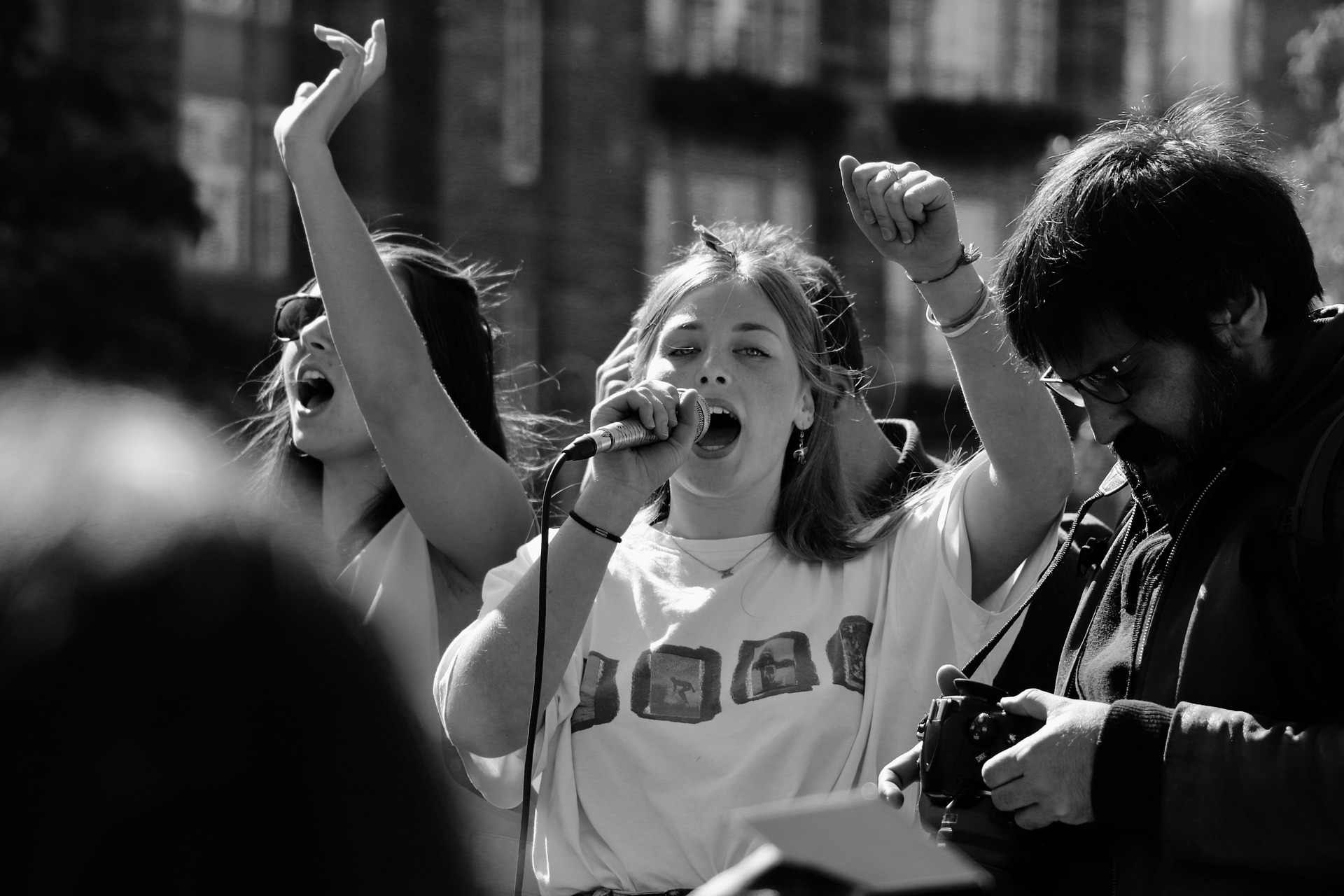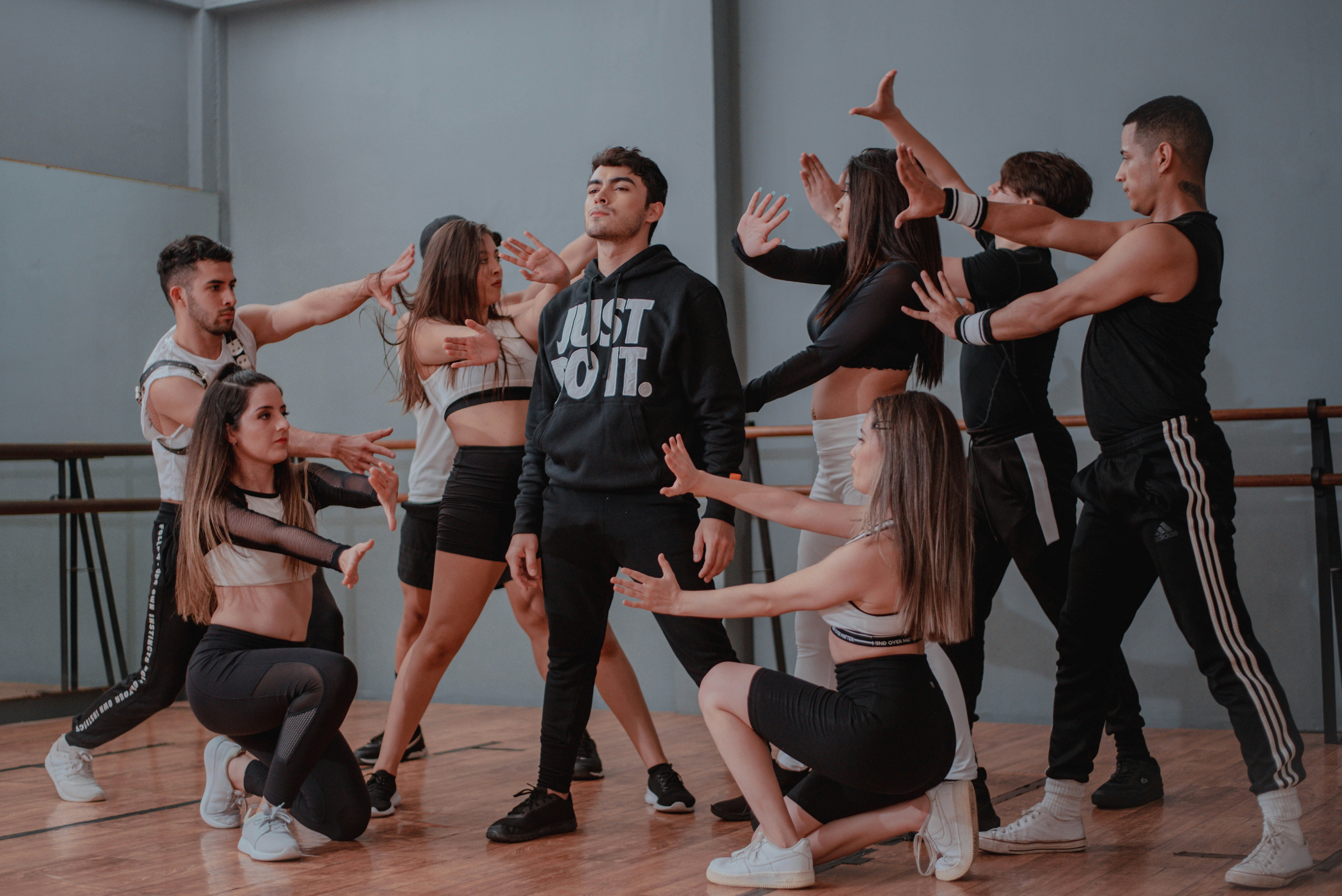Delving into the Digital Renaissance: How NFTs are Transforming the Artistic Landscape
As the art world embraces technological innovation, one surprising trend stands out—NFTs. This article delves into the rise of Non-Fungible Tokens and their impact on the world of art and entertainment.

A Brief Primer on NFTs: How it all Began
Non-Fungible Tokens, or NFTs as they are commonly known, are unique digital tokens that use blockchain technology to verify authenticity and ownership. The concept of an NFT began to take shape in 2017, with the launch of CryptoKitties, a blockchain-based virtual game that allowed players to purchase, collect, breed and sell virtual cats.
NFTs and the Art World: A Dynamic Intersection
Fast forward to 2021, the art world experienced a seismic shift when a digital artwork by the artist Beeple sold at Christie’s for an astonishing $69 million. This sale heralded the arrival of NFTs into the mainstream art market. Today, artists worldwide are exploring this new avenue to monetize their work, challenge traditional gatekeeping, and reach a global audience.
The Now: Recent Developments in the NFT Space
Several high-profile celebrities and artists have since jumped on the NFT bandwagon. Twitter CEO Jack Dorsey sold his first tweet as an NFT for over $2.9 million, while celebrities like Lindsay Lohan and Paris Hilton have also experimented with these tokens. Furthermore, leading auction houses like Sotheby’s have begun to sell NFT art, thereby legitimizing this new form of artistic expression.
Evaluating the Impact: The Promise and the Pitfalls
The rise of NFTs has democratized the art world, offering avenues for artists to bypass traditional gatekeepers, control their own work, and reach a wider audience. However, the trend has also raised questions about environmental sustainability, as the creation and transaction of NFTs require enormous amounts of energy. Further, concerns about copyright infringement and the speculative nature of the NFT market have led to calls for regulation.
Looking Ahead: The Future of NFTs in the Arts
The NFT trend shows no signs of slowing down. As technology evolves, we can expect NFTs to play an increasingly important role in the arts and entertainment industry. The challenge will be to harness this potential responsibly, ensuring that the digital renaissance enriches the art world rather than destabilizing it.
In conclusion, NFTs have revolutionized the arts, offering unprecedented opportunities and challenges. As we navigate this new landscape, it’s crucial to keep the dialogue open, balancing the promise of innovation with the need for responsible and sustainable practice.




